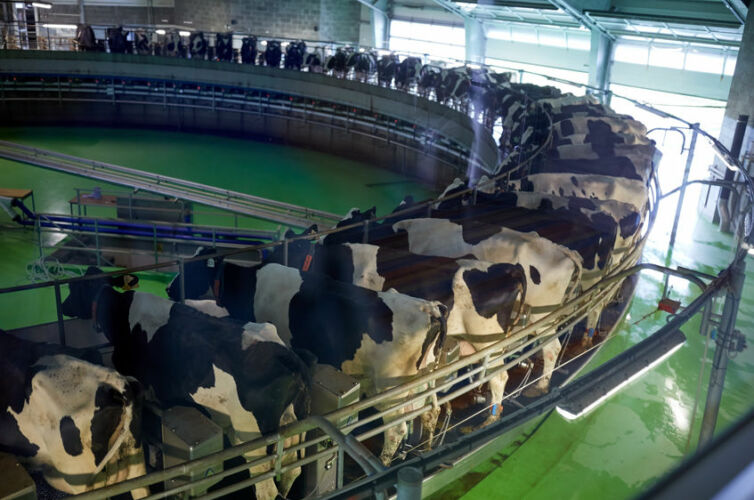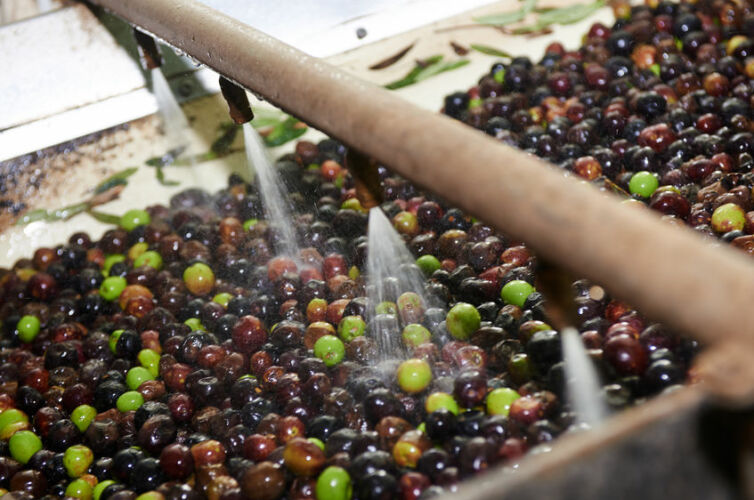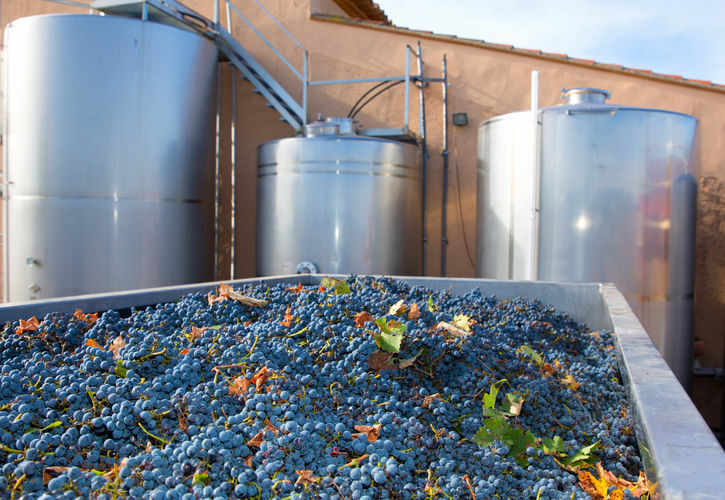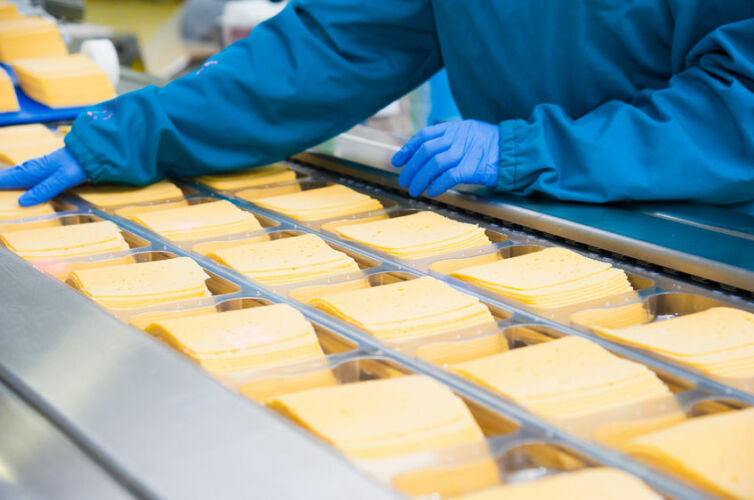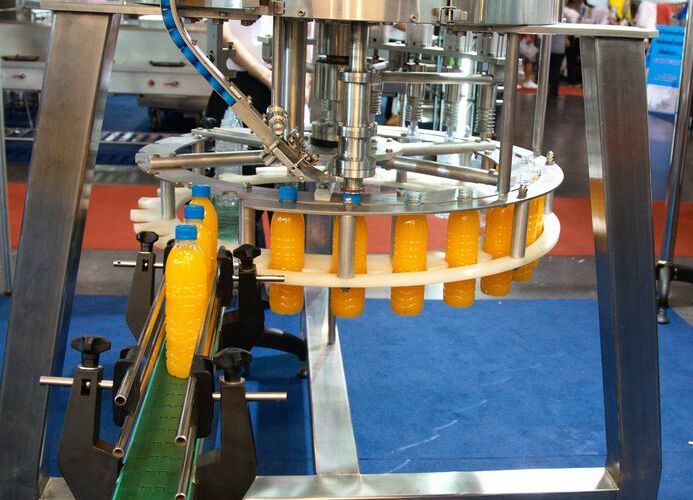Steel Plant
The facility WWTP (waste water treatment plant) discharges approximately 50 to 65 million GPD of process oil-contaminated wastewater into the Rouge River daily. Process wastewater is first piped into a trap tank (with a skimmer), and from there, into two sludge ponds at the WWTP where, traditionally, hand-cast microbiology is added. The first sludge treatment pond (West Sludge Pond) in where the PRISMSS Bioreactor was placed. Outflow is directed over a weir before passing to the second sludge (polishing) pond, and then to the river.
Each sludge pond is typically in service for 12 to 15 months before the sludge (typically 8,000 cubic yards) is removed and land filled at a yearly cost of approximately $500 M.
Historically, each sludge pond is in service for 12 to 15 months before sludge removal was required at a cost of $400 to $500M per event.

Application Task
- Reduce frequency of sludge removal.
- Increase biodiversity in second (polishing) sludge pond.
- Reduce flocculent chemical cost; increase MLSS
- Reduce volume of reclaimed process oil.
- Increase degradation of targeted substrates: FOG.
Methodology
Installation of the Bioreactor System in the first process lagoon (West Sludge Pond).
Impact: (following an operational period of eight years)
- Reduced sludge production. Sludge removal frequency is now approximately every 3 years – a decrease of 50%. Considering both ponds, this indicates an increase of 1.25 years before sludge removal. Cost savings of $750M
- Decrease in amount of sludge removed (8,000 cu yards to ~ 4,000 cubic yards – a decrease of 50%.
- FOG (fat, oil, and grease) reduced. Previous to the introduction of process-specific microbiology, no traditional technology was able to reduce the volume of (target substrates) hydrocarbons, FOG in the sludge
- Increased microbial diversity. Dominant blue-greens have been replaced by aerobic microlife forms (bacteria, protests; microcrustacean populations). [installation + 6 months]; high MLSS
- Increased microbial diversity. Dominant blue-greens have been replaced by aerobic microlife forms (bacteria, protests; microcrustacean populations). [installation + 6 months]; high MLSS



